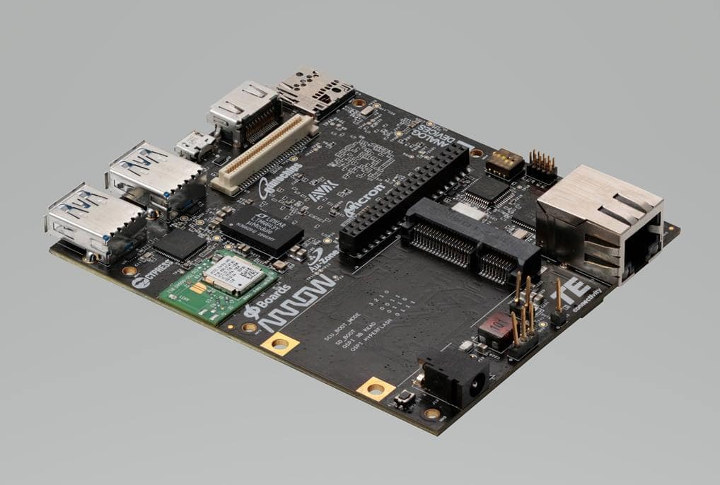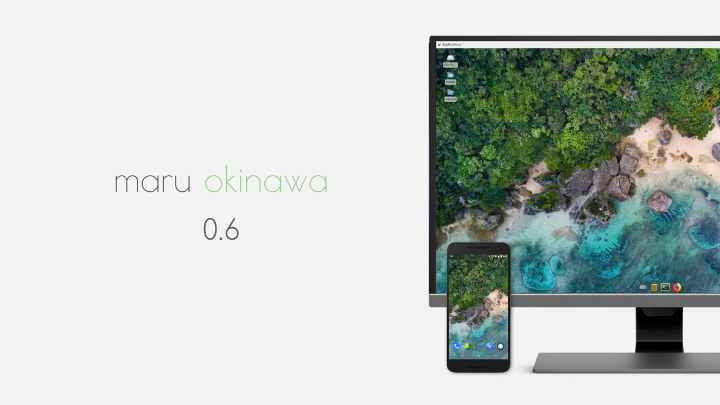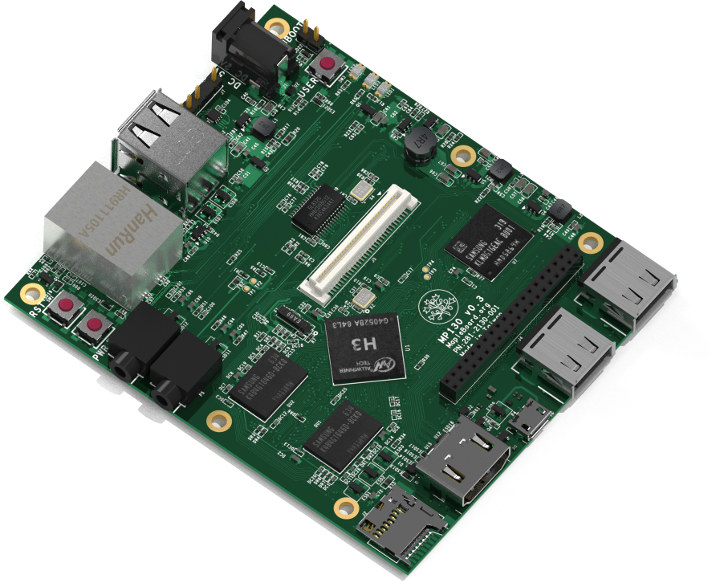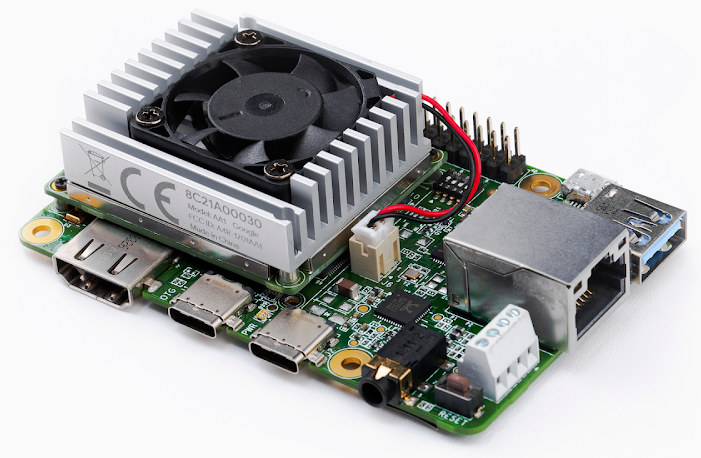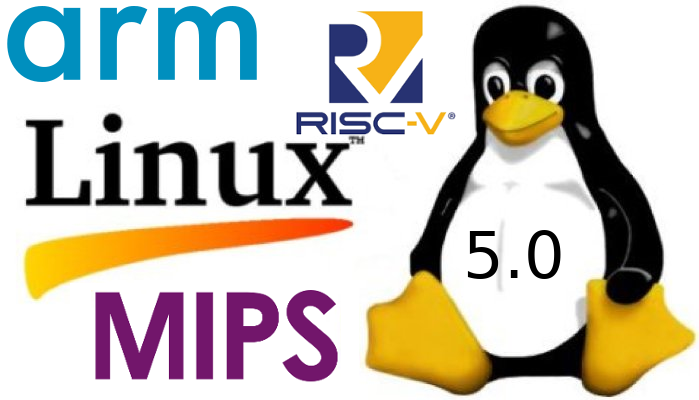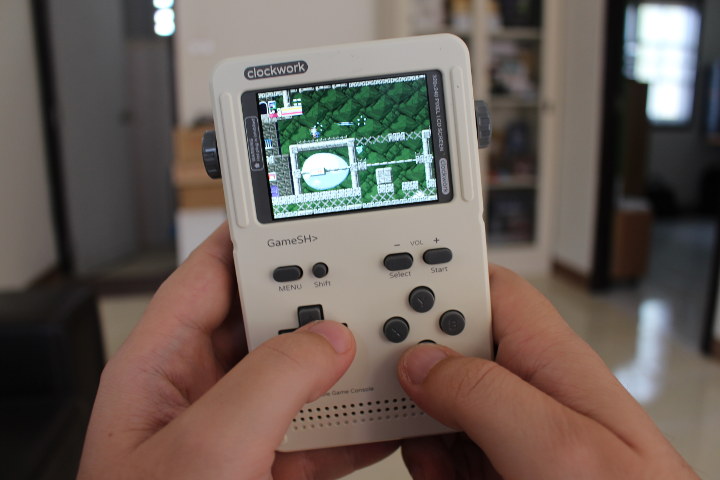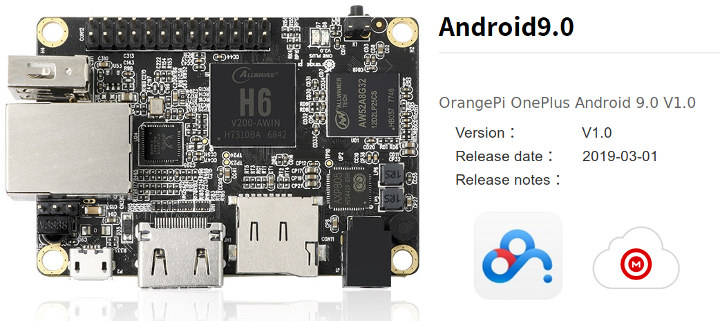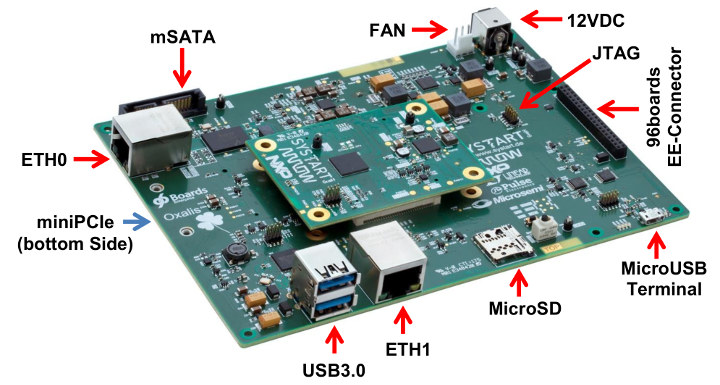We’ve already covered several 96boards platforms announced at Embedded World 2019, but we’re not quite done yet, as Arrow Electronics also introduced two NXP i.MX 8X/8M powered 96Boards CE Extended development boards with AI-ML board equipped with i.MX 8M quad core Arm Cortex-A35 processor coupled with 2GB RAM, an mPCIe slot for cellular connectivity, and Thor96 SBC featuring NXP i.MX 8M processor with 2GB RAM as well, but also two HDMI ports, a Thread and Zigbee module, and more. Arrow AI-ML Board AI-ML key features and specifications: SoC – NXP i.MX 8X quad core Arm A35 processor @ 1.2 GHz, Cortex-M4F real-time core @ 266 MHz, Tensilica HiFi 4 DSP Core, GC7000 Lite 3D GPU with 4x Vec4 Shaders with 16 Execution Units System Memory – 2 GB LPDDR4 @ 1,600 MHz Industrial Temp by Micron Storage – Micro SD card slot Video Output / Display Interface HDMI Output Dual […]
Maru 0.6 Combines LineageOS & Debian 9, Supports Wireless Desktop Streaming
Maru OS was first unveiled in 2016 as a smartphone operating system that relies on Android on the go, and Debian while connected to an HDMI display, and Bluetooth keyboard and mouse. The downside was that it only works on Nexus 5 at the time, but Preetam D’Souza open sourced his solution, and more people joined the project to expand the number of supported hardware platforms. I had not heard about the project for a while, but Maru 0.6 Okinawa has just been released with the three main changes being the switch from Android 6.0.1 AOSP to a custom version of LineageOS based on Android 8.1.0 to support a broader range of devices, the upgrade from Debian 8 to Debian 9, and support for wireless desktop streaming meaning you don’t need a phone with HDMI / MHL support anymore. The reliance on AOSP meant Maru used to only work on […]
MapleBoard MP130 Allwinner H3 Board Almost Follows 96Boards CE Extended Form Factor
There are so many Allwinner H3 SBCs or development boards that new ones are often uninteresting, but with the release of Linux 5.0, I discovered a new board that I had never heard of: MapleBoard MP130. The board is equipped with 1GB RAM, Fast Ethernet, four USB ports, and various I/O expansion headers. But the form factor looked familiar, and it seems compliant with 96Boards CE Extended, except for some reasons they decided to swap the low speed and high speed connectors, so I doubt the board is compatible with any of the 96Boards mezzanines. MapleBoard MP130 specifications: SoC – Allwinner H3 quad core Arm Cortex-A7 processor at up to 1.3GHz with Mali-400MP2 GPU System Memory – 1GB DDR3L 1600 MHz Storage – 8GB eMMC 4.41 flash, microSD slot Video Output – HDMI 1.4 output with HDCP1.2 Connectivity – 10/100Mbps Ethernet Audio 2-ch 92dB ADC, 2-ch 100dB DAC, I2S/PCM Interface, […]
Google to Launch Edge TPU Powered Coral Development Board and USB Accelerator
Several low power neural network accelerators have been launched over the recent years in order to accelerator A.I. workloads such as object recognition, and speech processing. Recent announcements include USB devices such as Intel Neural Compute Stick 2 or Orange Pi AI Stick2801. I completely forgot about it, but Google also announced their own Edge TPU ML accelerator, development kit, and USB accelerator last summer. The good news is that Edge TPU powered Coral USB accelerator and Coral dev board and are going to launch in the next few days for respectively $74.99 and $149.99. Coral Development Board Coral dev board is comprised of a base board and SoM wit the following specifications: Edge TPU Module SoC – NXP i.MX 8M quad core Arm Cortex-A53 processor with Arm Cortex-M4F real-time core, GC7000 Lite 3D GPU ML accelerator – Google Edge TPU coprocessor delivering up to 4 TOPS System Memory – […]
Linux 5.0 Release – Main Changes, Arm, MIPS & RISC-V Architectures
Linus Torvalds has just released Linux 5.0: Ok, so the last week of the 5.0 release wasn’t entirely quiet, but it’s a lot smaller than rc8 was, and on the whole I’m happy that I delayed a week and did an rc8. It turns out that the actual patch that I talked about in the rc8 release wasn’t the worrisome bug I had thought: yes, we had an uninitialized variable, but the reason we hadn’t immediately noticed it due to a warning was that the way gcc works, the compiler had basically initialized it for us to the right value. So the same thing that caused not the lack of warning, also effectively meant that the fix was a no-op in practice. But hey, we had other bug fixes come in that actually did matter, and the uninitialized variable _could_ have been a problem with another compiler. Regardless – all […]
GameShell Kit Review – Part 2: An Hackable Retro Gaming Console
ClockworkPi GameShell is an hackable retro gaming console combining Arm Linux and Arduino boards that happens to come in kit form, and that’s lot of fun to assemble as we’ve seen in the first part of the review of ClockworkPi GameShell. Since then I’ve had time to have more fun, play some games, and experiment with the device, so I’ll report my experience and point out the good parts, as well as some of the shortcomings I came across. We can press the power button to start it up, and after a few seconds we get to the main menu with several icons including… the self-describing Settings, Retro Games with MAME, MGBA, NESTOPIA, and PCxs emulators that require your own ROMs/BIOS, as well as Indie Games with ready to play games like OpenTyrian spaceship shooting game, or NyanCat. Moving on to the right of the menu we’ve got the famous […]
Orange Pi Software Releases – Android 9.0 Firmware, Linux Source Code for RK3399 / MT6737
Shenzhen Xunlong Software is used to release many different variations of their Orange Pi boards, and more often than not they tend to launch their boards fairly early before the software is fully ready. Many of their boards get supported by the community thanks to Armbian, linux-sunxi, etc… but sometimes the company does release firmware or source code themselves, as they did in the last two days with Android 9.0 firmware for one of their Allwinner H6 board, and Linux source code for Orange Pi 4G-IoT and Orange Pi RK3399. Android 9.0 for Orange Pi One Plus Launched in 2017, Orange Pi One Plus was the very first Allwinner H6 SBC launched on the market, and supported Android 7.0 at the time. But following the release of Android 9.0 for Allwinner H6 TV boxes a few weeks ago, you can now also upgrade your Orange Pi One Plus to Android […]
Oxalis 96Boards Enterprise Edition Board Targets Low Power IoT and Networking Applications
Most 96Boards on the market follow 96Boards Consumer Edition (CE) specification, and while 96Board Enterprise Edition (EE) specification was first announced in 2015 we had yet to have a board available for purchase after previous failed attempts with AMD Opteron (Arm Cortex-A57) powered Cello board. But there’s finally a 96Board Enterprise Edition available today thanks to Systart Oxalis board powered by NXP LayerScape LS1202 Cortex-A53 processor with a packet accelerator, designed for low power IoT and networking applications, and following 96Boards EE “standard” form factor. Systart Oxalis key features and specifications: SoC – NXP Layerscape LS1012A single core Arm Cortex-A53 processor with hardware packet forwarding engine System Memory – Up to 3GB RAM Storage – 64MB SPI Flash for bootloader and RCW, MicroSD Card slot, 1x mSATA connector Networking – 2x Gigabit Ethernet ports (RJ45) USB – 2x USB 3.0 ports Expansion 40-pin low speed (LS) expansion connector with +1.8V, […]


